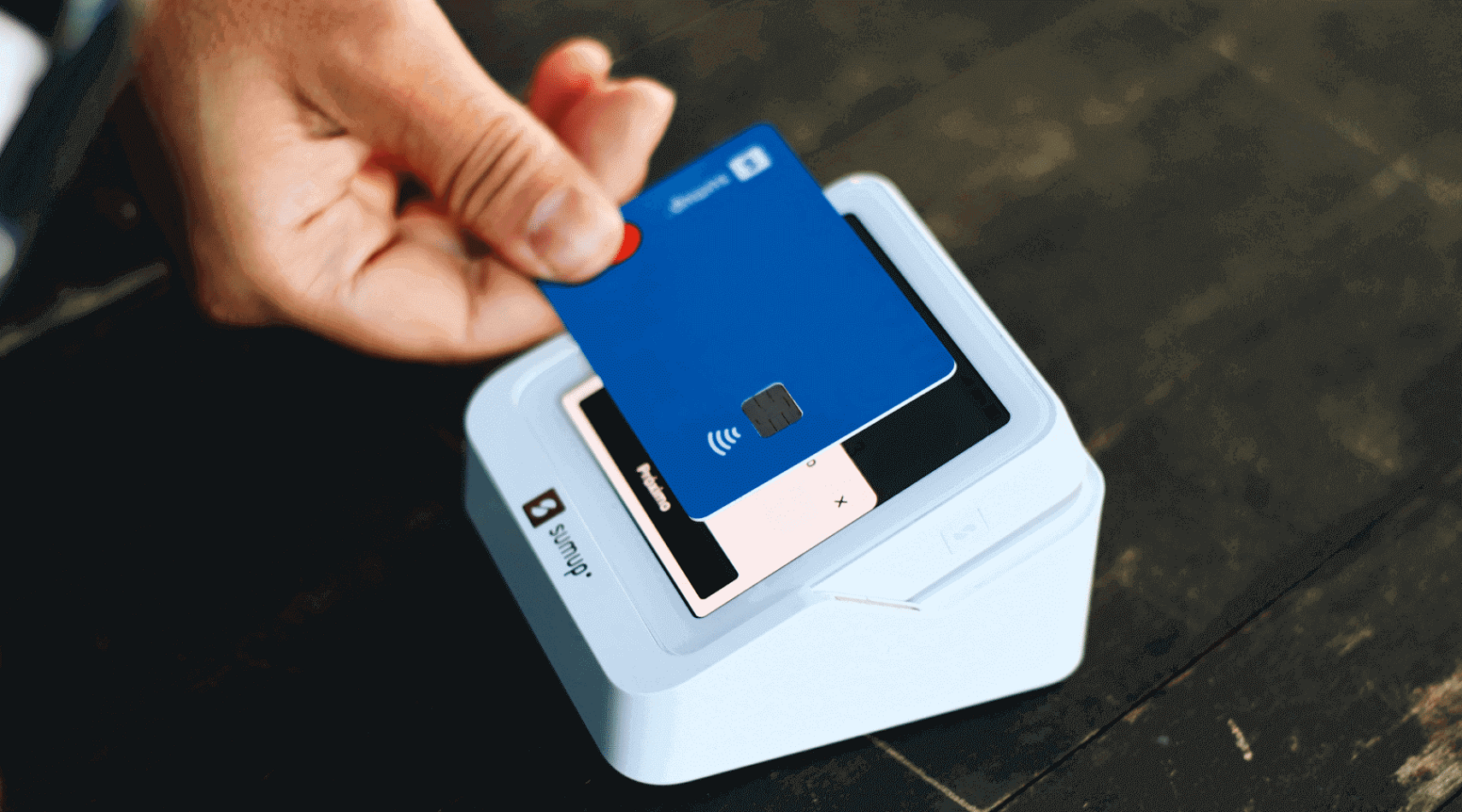What does an RFID card do?
An RFID card, which stands for Radio-Frequency Identification card, is a handy tool that uses radio waves to transmit data wirelessly. Imagine a credit card with a tiny computer chip inside. That chip stores information that can be read by a special scanner using radio waves, without needing to swipe or insert the card.
Here's a breakdown of how it works:
- The card itself: It contains a microchip and an antenna. The chip stores the data, and the antenna transmits it wirelessly when it comes close to an RFID reader.
- The reader: This device emits radio waves and reads the data transmitted by the card's antenna. Depending on the system, the reader might also send power to the card to activate it.
RFID cards are used in many different applications, such as:
- Security access control: Granting entry to buildings, secure areas, or events.
- Payment systems: Contactless payments, like tapping your credit card to pay.
- Identification badges: Employee badges, student IDs, or transit passes.
- Inventory tracking: Keeping tabs on products in a store or warehouse.
- Library cards: Borrowing and returning books.
Summary:
RFID cards offer a convenient and contactless way to identify objects and people, making them a versatile tool in many different industries.
- What is a card printer?
An ID card printer is a device designed to print on plastic (PVC) cards. It is commonly utilized for printing employee ID badges, membership cards, credit cards, and various other types of cards. The functioning of ID card printers is similar to that of a conventional inkjet printer.



Comments
Post a Comment